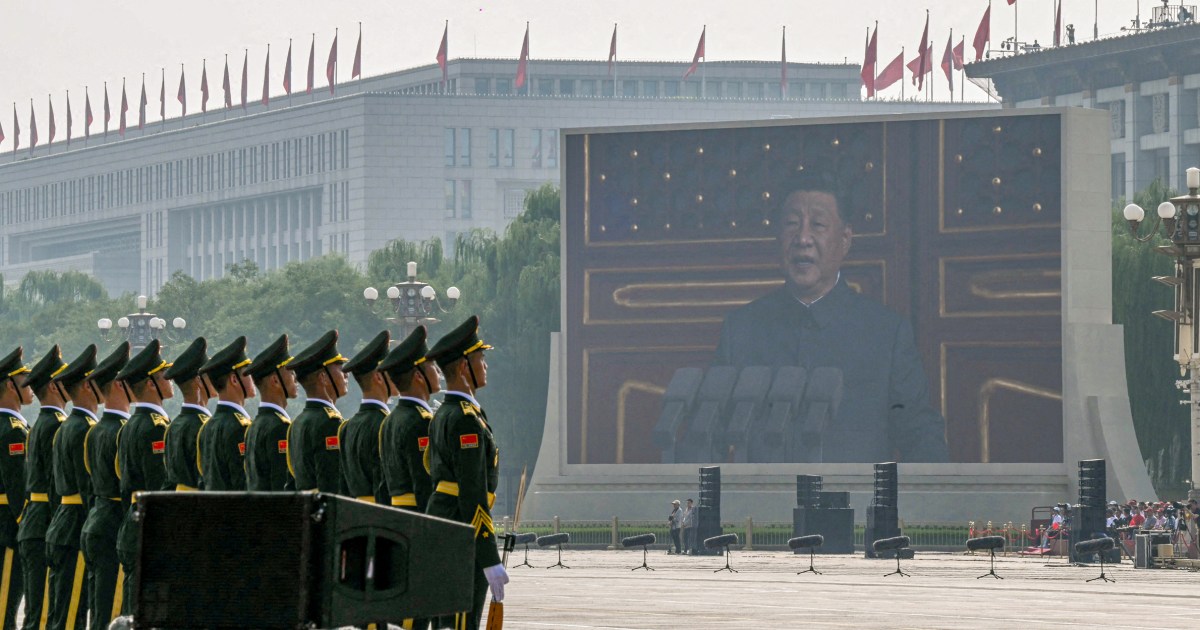Analyzing the Impact of the Chinese Military Parade: A Deep Dive into Sino-Japanese Relations
The recent military parade in China, commemorating the 80th anniversary of Imperial Japan’s surrender at the end of World War II, has sparked considerable debate and criticism, particularly concerning its potential to inflame anti-Japanese sentiment. The historical context surrounding the relationship between China and Japan remains fraught, with the memory of the wartime atrocities still deeply etched in the social consciousness of both nations.
Historical Context: The War of Resistance
China marks this period as the War of Resistance Against Japanese Aggression, highlighting the brutal invasion and occupation that took place from 1931 to 1945. This conflict resulted in millions of Chinese casualties and countless stories of suffering that have not faded over time. The painful legacy of this chapter in history continues to influence perceptions and relations today, often complicating diplomatic efforts between the two countries.
During the parade, China’s military might was put on full display, serving not only as a remembrance but also as a powerful reminder of the nation’s resilience against historical aggressors. The sense of national pride is palpable in China, as it aims to celebrate its strength and unity, yet the emphasis on Japan’s demise raises flags for some observers.
Reconciliation vs. Retaliation: The Experts Weigh In
While military parades can often serve as venues for national pride and unity, experts have remarked on the absence of a spirit of reconciliation in this particular celebration. Drew Thompson, a senior fellow at the S. Rajaratnam School of International Studies at Nanyang Technological University in Singapore, points out a concerning trend. “It’s unfortunate that China can’t celebrate itself and it has to celebrate the demise of Japan to gain political validation,” he stated. Such sentiments underline a missed opportunity for China to showcase its achievements while fostering a dialogue of healing and reconciliation.
Japan’s Diplomatic Response
In contrast to China’s reactionary approach, Japan, as a key U.S. ally, has focused on establishing its position as a peaceful nation post-war. Yoshimasa Hayashi, Japan’s top government spokesperson, has repeatedly emphasized Japan’s commitment to never repeating the horrors of war, underlining aspirations toward building a free, democratic, and human rights-respecting society. While he has refrained from commenting directly on China’s intentions or the parade itself, his statements reveal a clear stance on Japan’s approach to its own historical narrative.
Reports suggest that Japan may have encouraged other nations to reconsider their attendance at the parade, reflecting concerns over the potentially provocative nature of the event. Hayashi’s comments have sought to communicate Japan’s position to the international community, aiming to distance itself from any perception of militarism or aggression.
The International Perspective
The divergent narratives presented by China and Japan during such commemorative events put pressure on both nations to navigate not just their bilateral relations but also their relationships with global players. With the rise of China as a significant military force, along with its assertive foreign policy, the international community is watching closely. The parade, representing a show of strength, can be interpreted less as a mere commemoration and more as a geopolitical maneuver, aimed at reinforcing China’s standing on the world stage.
Simultaneously, Japan’s efforts to position itself as a peaceful nation resonate with many smaller countries that fear regional tension could escalate. The diplomatic dance between these two nations remains intricate and highly scrutinized by global observers.
Cultural Reflections and Perspectives
The cultural implications of the parade bring a new layer to the discussion. In China, the portrayal of Japan during this commemoration may stir nationalist sentiments among the populace. For many in China, the historical grievances are not just stories of the past; they serve as a rallying point for national unity and identity. Conversely, in Japan, such displays can evoke feelings of resentment and misunderstanding, complicating the public discourse around their national identity and the lessons gleaned from their history.
As both nations navigate the waters of World War II history, the memory of the past frequently resurfaces to shape contemporary interactions. This military parade underscores the complexity of historical remembrance and its profound implications for present-day relations.
Through the lens of history, culture, and international politics, the consequences of such commemorative events extend far beyond their immediate fanfare, prompting serious reflection on both nations’ paths forward.



